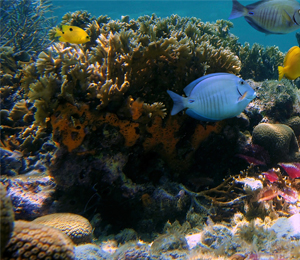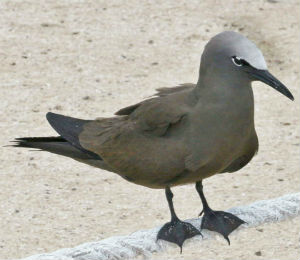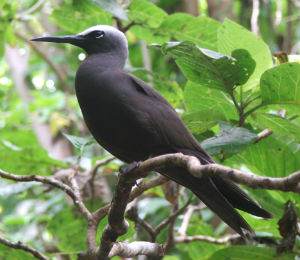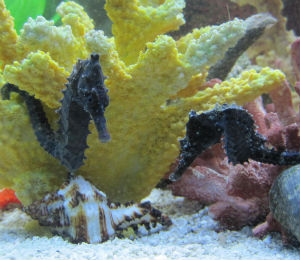Breathtaking vacation paradise Key West is surrounded by colorful coral reefs, part of a system stretching from the southern coast of Florida all the way to the Dry Tortugas. Brimming with brilliant tropical reef fish, exotic coral formations and incredible underwater cliffs and valleys, these 170 miles of spectacular undersea scenery form the third largest reef system in the world. Whether you choose to SCUBA dive, snorkel or just watch the wonders flow by from the comfort of a glass bottom boat, the view is otherworldly.
Coral Reefs
Coral reefs are formed over thousands of years, as tiny microscopic animals called coral polyps secrete a form of calcium carbonate called limestone, creating a hard skeleton around themselves in which to hide from predators. Over time, the polyps join together in groups called colonies which have grown to vast undersea structures providing homes to hundreds of species of marine animals. The reefs in the Florida Keys are the only living coral reefs in the continental United States, and the portion of the reef system in Key West is approximately seven miles offshore, making it easily accessible to visitors.
Reef Inhabitants
An amazing abundance of life flows through coral reefs, hiding in crevices or swimming by in glittering streams of brilliant color. Visitors to the Key West's living coral reef will see brightly-striped clown fish, vibrant parrotfish and the beautiful but deadly lionfish. Dazzling cobalt blue tangs, intriguingly ugly Goliath groupers and richly-colored angelfish share these warm, shallow waters with endangered green sea turtles, sharks, sponges, crabs, anemones sting rays, lobsters, jellyfish, sea horses and eels.
History of the Lion Fish
Beware of one reef dweller with an intriguing history. Unwelcome visitors to the reef, venomous lionfish have no natural predators, devour many of the reefs fish and can give a nasty sting. They were not indigenous inhabitants, but rather began their life in the reef when they escaped from large aquariums damaged in the hurricanes of the 1990s or were intentionally released by amateur hobbyists. Because they are edible (except for the poisonous spines) the state of Florida is actively encouraging residents to catch them and eat them.
Endangered Ecosystem
Key West’s reefs are in shallow, warm water fairly close to land, which allows snorkelers easy access to viewing these incredible undersea sights. However, the flip side of this convenience to tourists is that it can endanger the reef. Just the slightest touch can destroy hundreds of years of growth of these tiny sea creatures, and the estimated two million annual visitors to Key West’s waters mean the potential for destruction is enormous.
How to Help Preserve the Reefs
Snorkelers and other visitors to the reef should remember to avoid any deliberate touching of the coral, which, despite its tough, hard appearance is actually quite delicate. Be careful not to stand on, kick or touch any part of the coral. Also, stay mindful of where your fins are at all times, taking care not to kick near delicate structures. Often, it’s when snorkelers suddenly rush upright to the surface that they accidentally brush up against the coral.
Come to Key West and enjoy the splendor of the reefs, from stunning coral formations to shimmering fish and awe-inspiring sharks. Whether enjoyed from an under-water vantage point or a sleek glass-bottom boat, these natural wonders are an unforgettable part of a Key West vacation.




